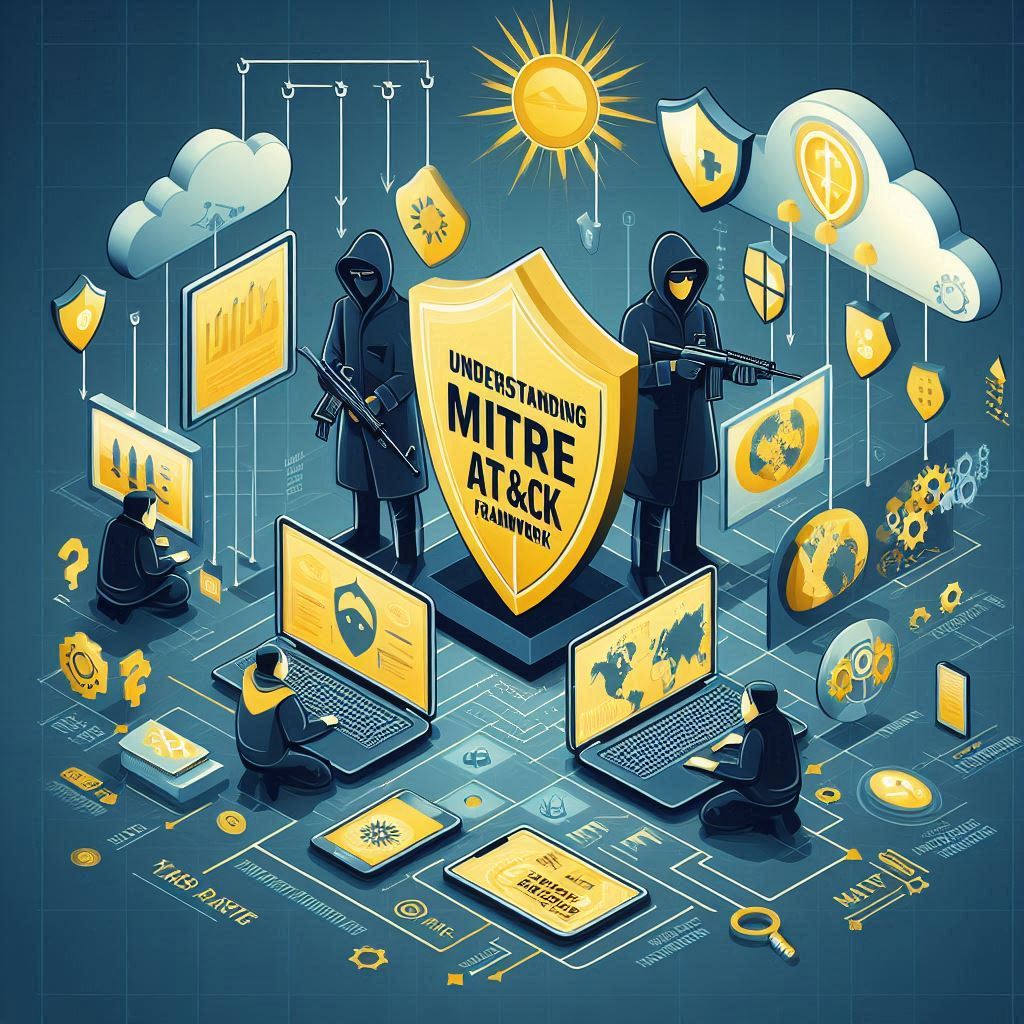🛡️ Introduction: Why Sigma Rules Matter in Modern Detection Engineering
In the evolving world of cybersecurity, the role of detection engineering has never been more crucial. Threats are more sophisticated, and defenders must keep up with diverse environments and technologies.
One of the biggest challenges detection engineers face? Writing detection rules that work across different SIEMs and log sources.
That’s where Sigma rules come in — a game-changer for standardized, platform-agnostic threat detection.
📘 What Are Sigma Rules?
Sigma is an open standard for writing detections in a human-readable YAML format that can be converted into platform-specific queries for various SIEM (Security Information and Event Management) solutions.
Think of Sigma as the “YAML of SIEMs” — just like Snort for network or YARA for files.
Sigma rules allow analysts and detection engineers to write once, deploy anywhere — making them powerful for threat hunting, alerting, and detection-as-code practices.
🔗 Official Sigma GitHub Repository
🔄 Why Use Sigma?
✅ 1. SIEM-Agnostic Portability
You can write a rule once and convert it to Splunk, ElasticSearch, Sentinel, or others using tools like sigmac.
✅ 2. Standardization Across Teams
Sigma provides a common format to write, share, and review detections.
✅ 3. Detection-as-Code Support
You can integrate Sigma rules into version control systems and CI/CD pipelines.
✅ 4. Community-Powered
There’s an active community and open repository of high-quality, tested rules.

🧬 Anatomy of a Sigma Rule
Here’s what a typical Sigma rule looks like:
title: Suspicious PowerShell Execution
id: e8aebc56-1f36-4d8c-9b34-7399b3e8dcdc
description: Detects PowerShell execution with suspicious flags
status: experimental
logsource:
product: windows
service: security
detection:
selection:
EventID: 4688
NewProcessName|contains: powershell.exe
CommandLine|contains:
- "-enc"
- "-nop"
condition: selection
falsepositives:
- Legitimate administrative use
level: high
tags:
- attack.execution
- attack.t1059.001
🔍 Key Fields:
logsource: Where the log data comes fromdetection: The conditions to trigger the rulefalsepositives: Known benign caseslevel: Severitytags: Links to MITRE ATT&CK for better classification
⚙️ Simple Example: Detecting Failed Logins
Here’s a basic Sigma rule for detecting repeated failed login attempts:
title: Multiple Failed Logins
id: d1e9c5e2-3bd3-41e0-b91a-baa2d9cfa2b9
description: Detects multiple failed login attempts which may indicate brute force
status: stable
logsource:
category: authentication
product: windows
detection:
selection:
EventID: 4625
condition: selection
falsepositives:
- User entered wrong password
level: medium
tags:
- attack.credential_access
- attack.t1110
🔄 Converting Sigma to SIEM Queries Using sigmac
sigmac is the official Sigma converter tool that turns YAML rules into queries specific to platforms like ElasticSearch, Splunk, or Microsoft Sentinel.
🔧 Basic Example (command line):
python3 sigmac -t splunk -c splunk-windows -r failed_login.yml
💡 Tip:
You can also write custom backends or use community-supported ones.
🧠 Free Resources to Learn & Explore Sigma Rules
Here are some valuable resources to deepen your understanding:
- ✅ SigmaHQ GitHub Repository
- ✅ SOC Prime Sigma Rules
- ✅ MITRE ATT&CK Framework
- ✅ Security Datasets for Testing Rules
🧰 Best Practices for Writing Good Sigma Rules
- ✔️ Be specific in logsource and detection fields
- ✔️ Always document potential false positives
- ✔️ Use MITRE ATT&CK tags for better mapping
- ✔️ Test rules in lab environments before production use
- ✔️ Use consistent naming and UUIDs
✅ Conclusion
Sigma rules are one of the most powerful tools in a detection engineer’s arsenal. They bring structure, flexibility, and collaboration into the world of detection engineering — enabling faster, scalable responses to threats across platforms.
🚀 Whether you’re just starting out or optimizing your SOC, Sigma is the foundation of detection-as-code.
🔗 Ready to try your first Sigma rule? Start by forking a rule from SigmaHQ, tweak it to your environment, and test it out.
💬 Let me know in the comments or reach out — I’ll be writing a hands-on tutorial next on “Building Detection Pipelines with Sigma + Elastic Stack.”

